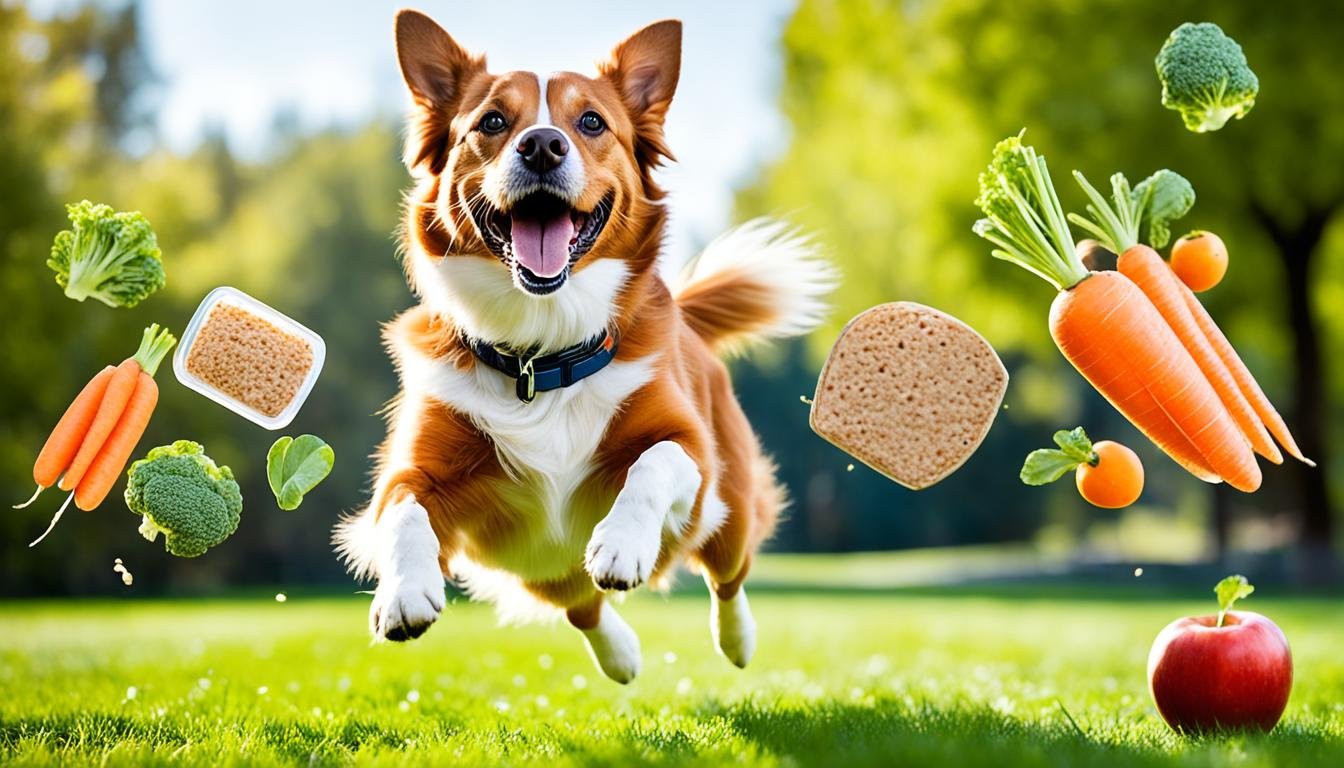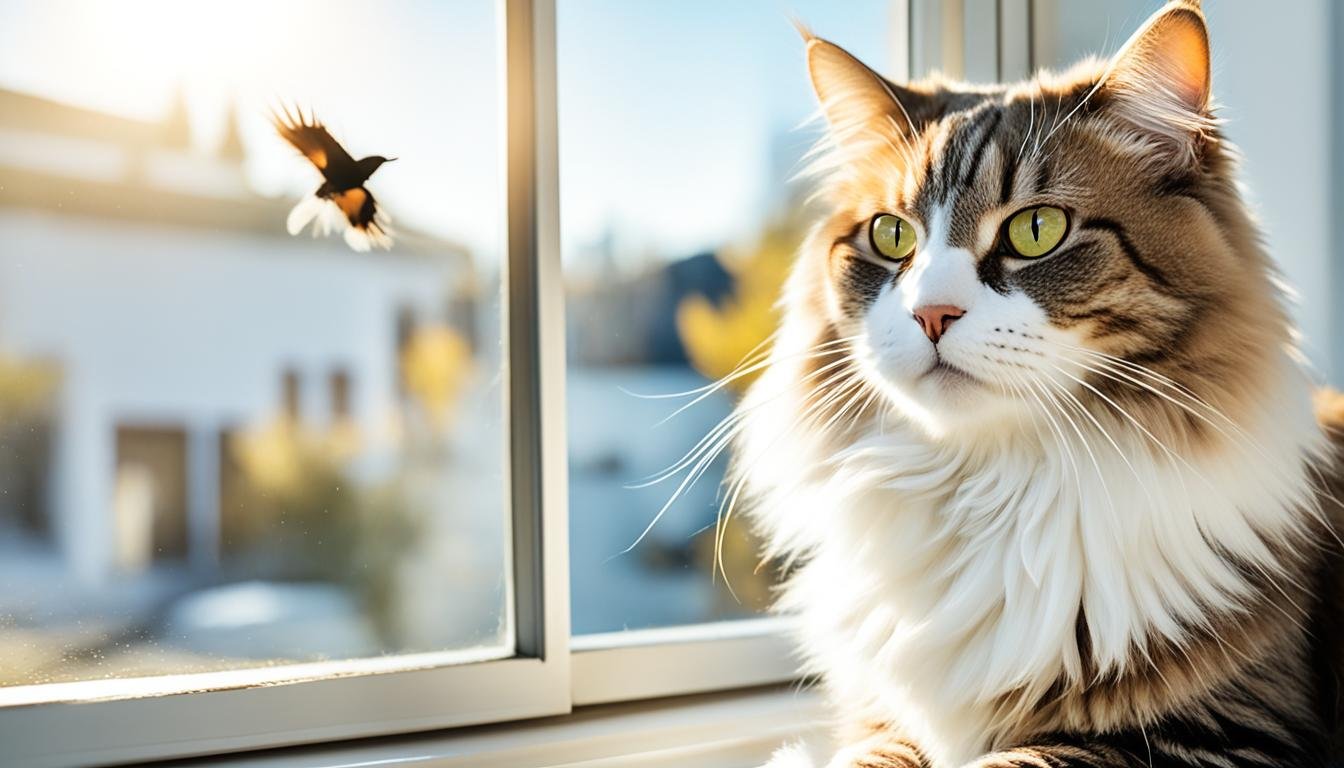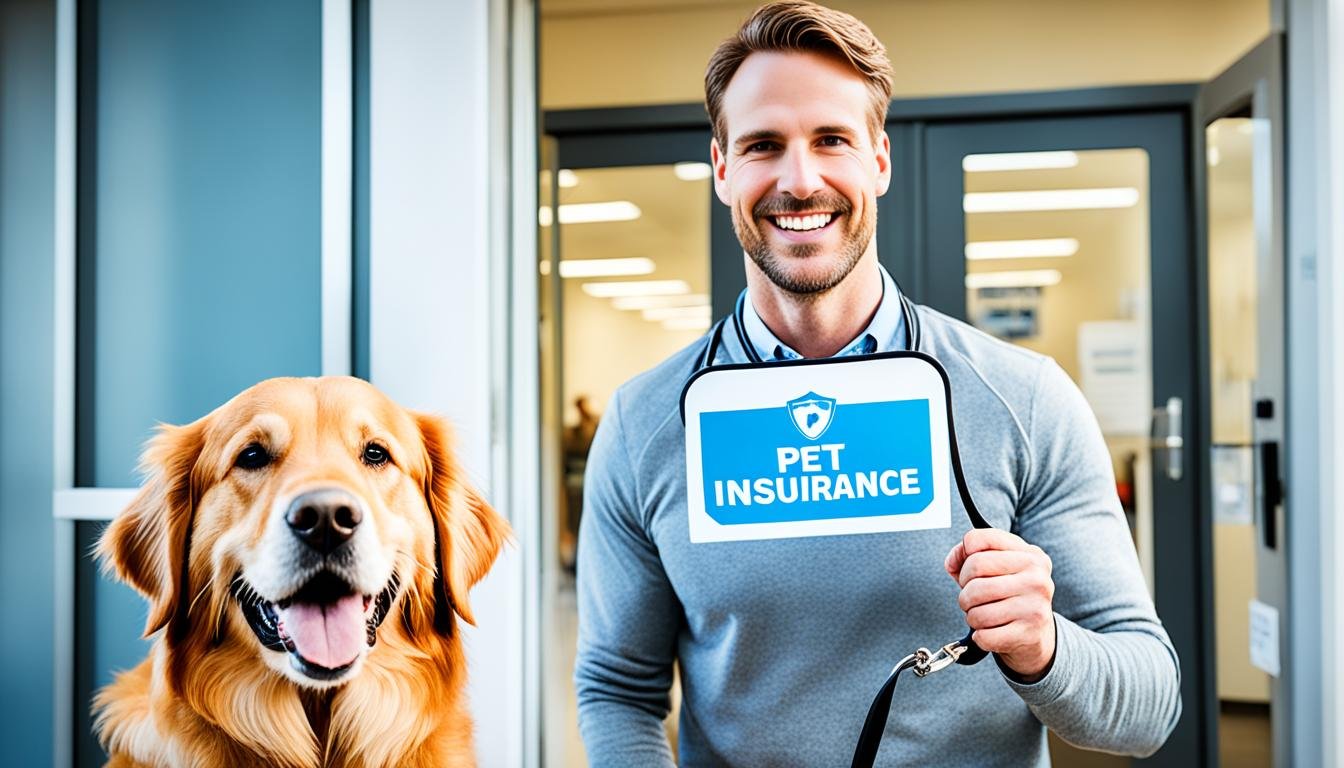Welcome to our comprehensive guide on pet weight management, where we will provide you with essential tips for maintaining a healthy pet diet. As pet owners, it’s crucial to understand the significance of managing your pet’s weight to ensure their overall health and well-being.
Proper pet weight management is vital, as it can help prevent a variety of health issues and promote a long and happy life for your furry friend. In this article, we will discuss the dangers of pet obesity, how to establish an ideal weight for your pet, design a healthy pet diet, incorporate exercise into their routine, and implement effective weight loss strategies. We will also guide you on how to maintain a healthy weight for your pet once they reach their ideal weight.
By following our expert advice and tips, you can ensure that your pet stays in optimal shape and maintains a healthy weight for life. Let’s get started on this journey towards a healthier and happier pet!
The Dangers of Pet Obesity
Pet obesity is a growing concern that poses significant risks to our furry companions. Excess weight can lead to a range of health issues, affecting not only their quality of life but also their lifespan. It is essential for pet owners to understand the dangers associated with pet obesity and take necessary steps to prevent and manage it.
Overweight pets are more prone to:
- Joint problems, including arthritis and mobility issues
- Cardiovascular diseases, such as heart conditions and high blood pressure
- Respiratory difficulties and reduced tolerance to exercise
- Diabetes, liver disease, and other metabolic disorders
- Increased risk during surgeries and anesthetic procedures
“Obesity is not only a physical burden but also an emotional one. The excess weight not only decreases a pet’s stamina but also its quality of life and even its lifespan.” – Dr. Emily Wilson, Veterinarian
Proper nutrition plays a crucial role in weight management for pets. Providing them with a well-balanced diet that is tailored to their specific needs can help prevent obesity and promote overall health.
To understand the significance of pet nutrition for weight management, let’s take a closer look at the key factors involved:
| Nutritional Elements | Importance in Weight Management |
|---|---|
| Caloric Content | The number of calories consumed should be appropriate for a pet’s age, breed, and activity level to prevent weight gain. |
| Protein | Adequate protein intake helps maintain muscle mass while promoting satiety, allowing pets to feel fuller for longer. |
| Fiber | Fiber-rich foods can help regulate appetite, promote digestion, and prevent overeating. |
| Fat | Controlling fat intake is crucial since excessive fat can contribute to weight gain and obesity. |
| Vitamins and Minerals | Ensuring adequate micronutrients are obtained through a balanced diet helps maintain overall health. |
Taking into account these nutritional elements can aid in managing your pet’s weight effectively and prevent potential health risks associated with obesity.
Dietary Recommendations for Weight Management:
- Consult with your veterinarian to determine the appropriate caloric intake for your pet.
- Choose high-quality pet food formulated for weight management.
- Avoid excessive treats and table scraps that contribute to calorie intake.
- Establish a regular feeding schedule and measure portion sizes accurately.
- Monitor your pet’s weight regularly and make necessary adjustments to their diet as needed.
By understanding the dangers of pet obesity and managing their nutrition effectively, we can ensure our beloved companions live long, healthy lives.
Establishing an Ideal Weight for Your Pet
Determining the ideal weight for your pet is essential for maintaining their overall health and well-being. Just like humans, pets can be at risk for various health issues if they are overweight or underweight. It is crucial to find the right balance to ensure they remain healthy and happy.
When it comes to establishing the ideal weight for your pet, there are several factors to consider: breed, age, and size. Each pet is unique, and what may be considered the ideal weight for one breed may not apply to another. Consulting with your veterinarian is the best way to determine the specific ideal weight range for your pet.
Breed: Different breeds have different body structures, metabolisms, and growth patterns. Larger dog breeds, such as Labrador Retrievers or Great Danes, tend to have higher ideal weight ranges compared to smaller breeds like Chihuahuas or Yorkshire Terriers. Understanding your pet’s breed-specific ideal weight range is crucial for their overall health.
Age: Just like humans, pets’ nutritional needs change as they age. Puppies and kittens need more calories and nutrients to support their rapid growth, while adult pets require a balanced diet to maintain a healthy weight. Senior pets may have specific dietary needs due to changes in metabolism or underlying health conditions.
Size: The size of your pet plays a significant role in determining their ideal weight. Whether you have a small, medium, or large-sized pet, maintaining a healthy weight is essential to help prevent obesity-related health problems. Monitoring portion sizes and adjusting their diet accordingly is crucial in achieving and maintaining their ideal weight.
It’s important to note that determining the ideal weight for your pet goes beyond just a number on a scale. Your veterinarian will consider factors such as body condition score, muscle mass, and overall body composition in determining the ideal weight range for your pet.
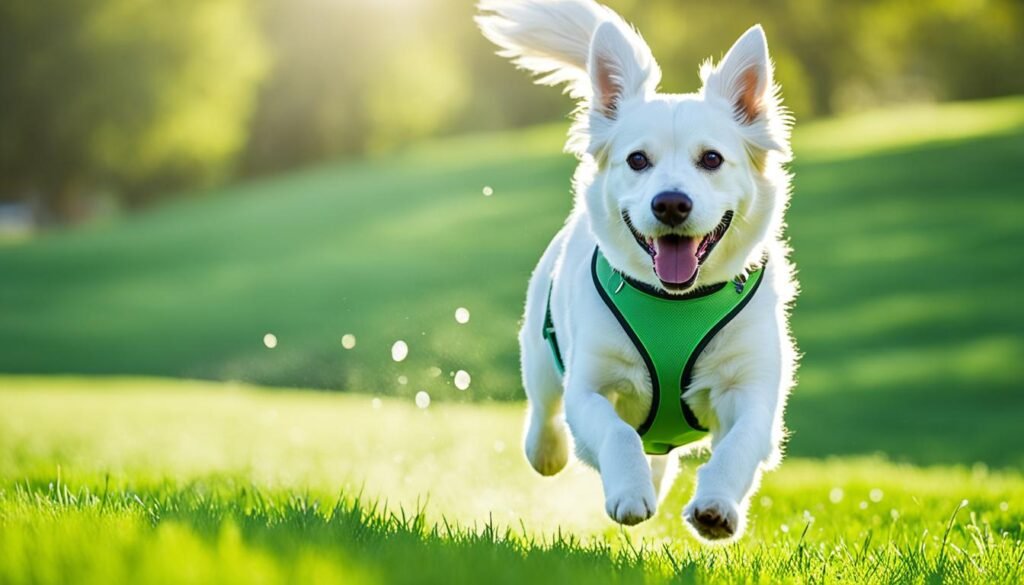
Once you establish the ideal weight range for your pet, you can work towards achieving and maintaining it through a combination of appropriate diet and exercise. In the next section, we will discuss how to design a healthy pet diet that supports weight management and overall well-being.
Designing a Healthy Pet Diet
A well-balanced and nutritious diet plays a crucial role in effectively managing your pet’s weight. By providing them with the right combination of nutrients, you can help promote weight management while ensuring they receive all the essential elements for optimal health and vitality.
To design a healthy pet diet, consider the following expert tips:
- Consult with your veterinarian: Seeking professional advice from a veterinarian is essential in determining your pet’s specific dietary needs. They can assess your pet’s current weight, health conditions, and any dietary restrictions, providing personalized recommendations.
- Choose high-quality pet food: Opt for premium pet food brands that prioritize quality ingredients. Look for products formulated for weight management and those that meet the nutritional requirements established by reputable organizations such as the Association of American Feed Control Officials (AAFCO).
- Focus on lean protein: Protein is an essential component of a healthy pet diet. Choose lean protein sources such as chicken, turkey, fish, or tofu to support muscle maintenance and development.
- Incorporate whole grains and vegetables: Whole grains like brown rice and quinoa, along with vegetables like carrots and green beans, provide essential fiber, vitamins, and minerals. These ingredients contribute to a balanced diet while helping your pet feel satisfied.
- Avoid excessive treats: While treats can be a part of your pet’s diet, it’s important to avoid overindulgence. Choose low-calorie and nutritious treats or consider using their regular food as a reward during training sessions.
Remember, a healthy pet diet should be tailored to your pet’s specific needs, including their age, size, breed, and activity level. Regularly monitor their weight and adjust their portion sizes if necessary, under the guidance of your veterinarian.
“A healthy pet diet plays a vital role in managing your pet’s weight effectively. Choose high-quality pet food, focus on lean protein, incorporate whole grains and vegetables, and avoid excessive treats. Regularly monitor your pet’s weight and consult with your veterinarian for personalized recommendations.”
By following these guidelines, you can provide your furry companion with a diet that supports their weight management journey and helps them lead a healthy and fulfilling life.

| Nutrition Component | Importance |
|---|---|
| Protein | Aids in muscle maintenance and development |
| Whole Grains | Provide essential fiber and nutrients |
| Vegetables | Offer vitamins and minerals for overall health |
| Treats | Should be given in moderation |
Incorporating Exercise into Your Pet’s Routine
Regular exercise plays a crucial role in managing your pet’s weight and promoting their overall well-being. Alongside a healthy diet, incorporating physical activity into their daily routine is essential for keeping them happy and healthy. In this section, we will delve into the importance of exercise for pets, offer guidance on creating an effective pet exercise plan, and provide fun activity ideas to keep your furry friend active.
The Importance of Exercise for Pets
Exercise is not only beneficial for weight management but also for your pet’s mental and physical health. Just like humans, pets require regular physical activity to maintain a healthy weight and prevent issues related to obesity. Additionally, exercise helps stimulate their minds, reduce stress, and enhance their overall quality of life.
“Regular exercise is essential for managing your pet’s weight and promoting their overall well-being.”
Creating an Effective Pet Exercise Plan
When designing an exercise plan for your pet, consider their age, breed, size, and any specific health conditions they may have. It’s important to start slow and gradually increase the intensity and duration of exercise to avoid straining their muscles or causing any injuries. Consult with your veterinarian to ensure the exercise plan suits your pet’s unique needs.
Here are some tips to help you create an effective pet exercise plan:
- Choose activities that your pet enjoys, such as walking, jogging, playing fetch, or swimming.
- Set a regular exercise schedule and stick to it to establish a routine for your pet.
- Start with shorter sessions and gradually increase the duration as your pet builds stamina.
- Vary the types of exercise to keep it interesting and engaging for your pet.
- Monitor your pet’s response to exercise and make adjustments accordingly.
Fun Activity Ideas for Your Pet
Keeping your pet engaged in fun activities will not only contribute to their weight management but also deepen the bond between you and your furry companion. Here are some enjoyable activity ideas for your pet:
- Interactive Toy Play: Engage your pet with interactive toys that require physical movement, such as treat-dispensing toys or puzzle toys.
- Obstacle Courses: Set up an obstacle course in your backyard or at a local park for your pet to navigate. Use items like cones, tunnels, and hurdles to make it challenging and exciting.
- Swimming: If your pet enjoys water, take them swimming. Swimming is a low-impact exercise that is gentle on their joints and provides a great cardiovascular workout.
- Hiking or Nature Walks: Take your pet on adventures! Explore new trails, parks, or nature reserves where your pet can experience the sights, sounds, and smells of the great outdoors.
Remember, always prioritize your pet’s safety during exercise. Ensure they have access to fresh water, take breaks when needed, and avoid exercising during extreme weather conditions. The goal is to make exercise enjoyable and beneficial for your pet.
Now that you understand the importance of exercise for your pet’s weight management and overall well-being, it’s time to create an exercise plan that suits their needs and preferences. Keep reading to learn about effective weight loss strategies for pets in the next section.
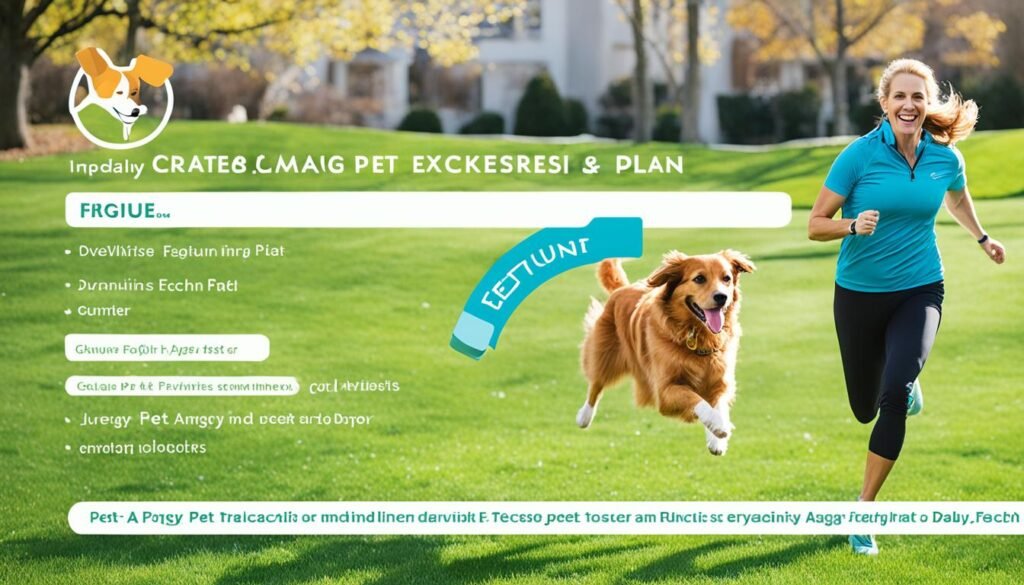
Implementing Weight Loss Strategies
If your pet is already overweight, it’s essential to implement effective weight loss strategies to improve their health and well-being. In this section, we will explore various strategies such as portion control, calorie counting, and feeding guidelines to assist your pet in their weight loss journey.
1. Portion Control: Controlling the portion size of your pet’s meals is crucial in managing their weight. It’s important to follow the recommended feeding guidelines provided by your veterinarian or pet nutritionist. Measure the food accurately and avoid overfeeding.
2. Calorie Counting: Monitoring your pet’s calorie intake is essential for weight loss. Consult with your veterinarian to determine the appropriate daily calorie intake for your pet based on their age, breed, size, and activity level. Use a calorie chart or online calculator to track the calories in the food you provide.
3. Feeding Guidelines: Follow the feeding guidelines provided by the pet food manufacturer. These guidelines typically indicate the recommended daily portion sizes based on your pet’s weight. Be mindful of any special dietary requirements or health conditions your pet may have.
Expert Tip:
Consulting with a veterinarian or a certified pet nutritionist is highly recommended before implementing any weight loss strategies. They can help create a personalized weight loss plan tailored to your pet’s specific needs.
| Weight Loss Strategies | Benefits |
|---|---|
| Portion Control | Prevents overeating, controls calorie intake, and aids in weight loss. |
| Calorie Counting | Allows precise tracking of calorie consumption, ensuring a calorie deficit for weight loss. |
| Feeding Guidelines | Provides the recommended portion sizes based on your pet’s specific needs for weight management. |
Implementing these weight loss strategies gradually, along with regular exercise, can help your pet shed those extra pounds and achieve a healthier weight. Remember to monitor your pet’s progress and make any necessary adjustments along the way.
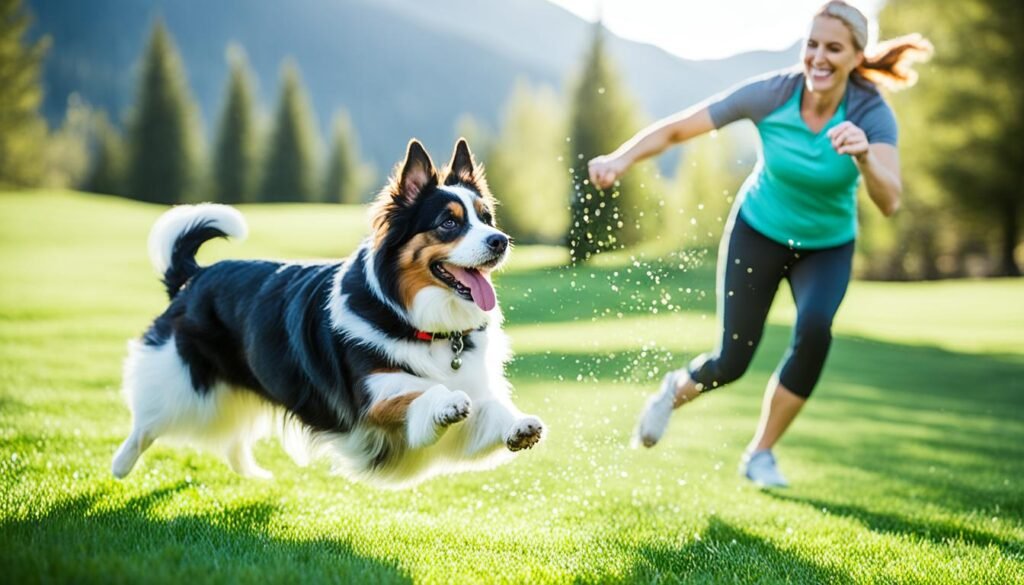
Continue reading the next section to learn how to maintain a healthy weight for your pet throughout their life.
Maintaining a Healthy Weight for Life
Once your pet achieves their ideal weight, it is important to maintain a healthy weight for their overall well-being. By following these essential tips, you can ensure that your pet stays in optimal shape.
To effectively maintain your pet’s weight, monitor their food intake. It’s crucial to provide them with the right amount of nutrition without overfeeding. Consult your veterinarian to determine the appropriate portion size and feeding frequency for your pet’s specific needs. Remember, a healthy pet diet is key to sustaining their ideal weight.
In addition to monitoring their food, prioritize regular vet check-ups. Your veterinarian can assess your pet’s weight, monitor any changes, and provide guidance on maintaining their health. They can also detect any underlying health issues or potential weight fluctuations early on, allowing for timely intervention.
Lastly, make necessary adjustments to your pet’s diet and exercise routine as needed. Keep an eye on their activity levels and ensure they get regular exercise to burn calories and stay fit. Engage in interactive playtime or take them on daily walks to keep them active and maintain their weight. By following these recommendations, you can help your pet maintain a healthy weight for a long and happy life.
